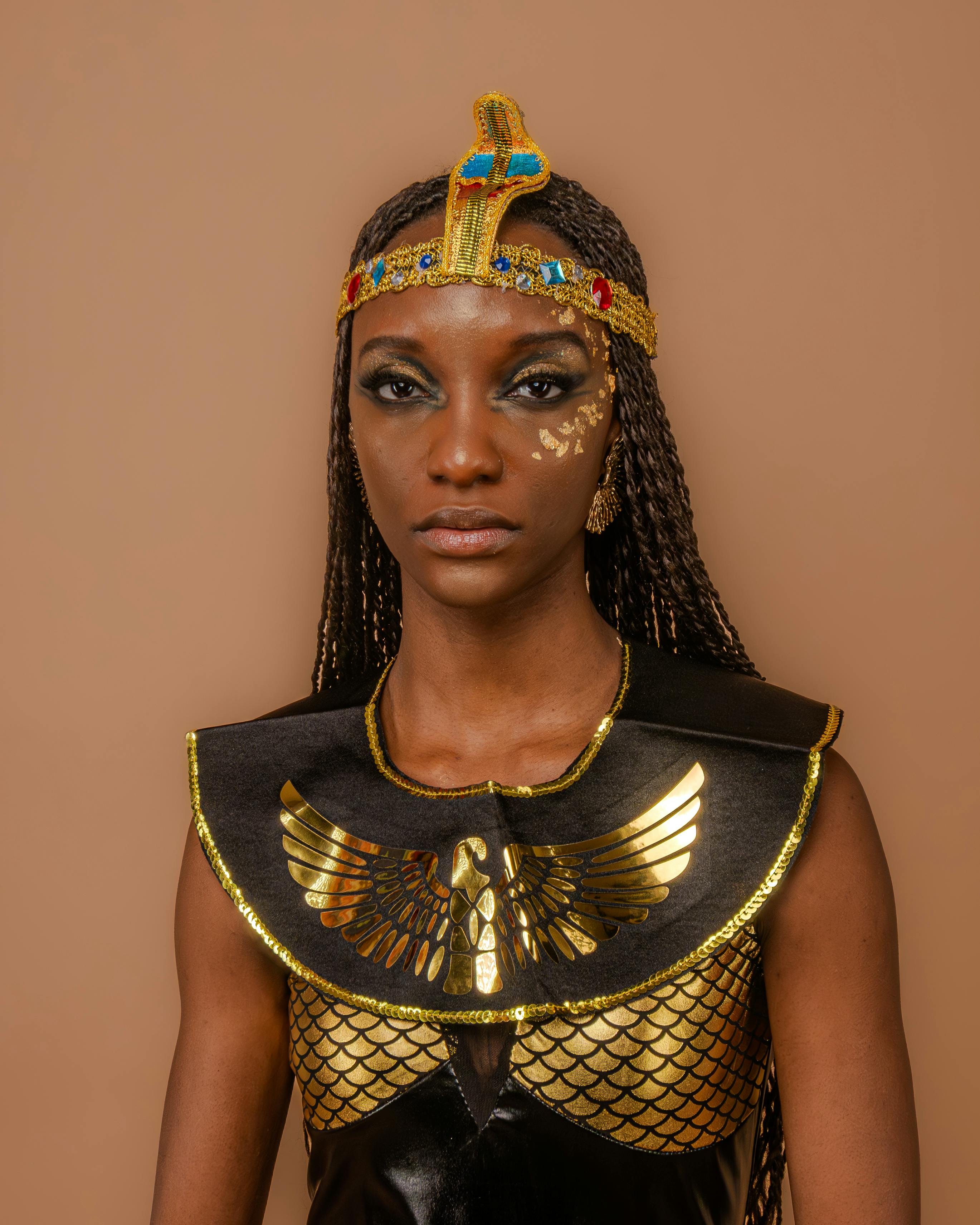The Art and Science of Beauty in Ancient Civilizations
The concept of beauty is as old as civilization itself. From the earliest human societies to the present day, people have sought to enhance their physical appearance, driven by a desire to attract mates, display social status, or simply express individuality. However, the standards of beauty have varied greatly over time and between different cultures. In this article, we will delve into the beauty ideals of ancient civilizations, exploring how they have shaped modern perceptions of beauty and influenced today's beauty industry.

The Ancient Egyptians: Pioneers of Beauty Rituals
In Ancient Egypt, beauty was not just a superficial concern; it was deeply intertwined with religion and morality. The Egyptians believed that physical cleanliness and adornment reflected inner purity. They developed elaborate beauty rituals that involved bathing, shaving, and applying a variety of cosmetics. Men and women alike wore eyeshadow made from crushed malachite, while lips and cheeks were tinted with red ochre. The practice of applying eyeliner, in particular, is credited to the Ancient Egyptians, who used kohl to create dramatic, almond-shaped eyes.
However, perhaps the most striking aspect of Egyptian beauty was their reverence for symmetry, which they considered a sign of divine favor. This preference for balanced proportions is evident not only in their art and architecture, but also in the idealized depictions of pharaohs and queens, whose physical perfection was seen as a reflection of their divine status.
The Greeks and Romans: Philosophers of Beauty
The Ancient Greeks had a profound influence on Western notions of beauty. They believed that beauty was a manifestation of virtue and intelligence, and they sought to achieve physical perfection through exercise, diet, and personal grooming. The Greeks were also the first to develop a mathematical theory of beauty, known as the Golden Ratio, which asserts that the most beautiful objects are those whose parts are in harmonious proportion to each other.
Like the Greeks, the Romans also valued physical beauty, but they placed a greater emphasis on practicality and hygiene. They invented a variety of beauty tools, including tweezers, razors, and mirrors, and they were known for their elaborate bathing rituals, which involved not just cleansing but also exercise, massage, and socializing.
The East Asian Perspective: Harmony and Balance
In contrast to the Western focus on physical perfection, Eastern beauty ideals have traditionally emphasized harmony and balance. In China, for example, the concept of yin and yang has shaped beauty standards for millennia. According to this philosophy, beauty arises from the balance of opposing forces, such as light and dark, soft and hard, or feminine and masculine. This can be seen in the traditional Chinese preference for a delicate, oval-shaped face, which represents a harmonious blend of yin (soft, round) and yang (hard, angular) elements.
Similarly, in Japan, the concept of wabi-sabi, which values imperfection and transience, has informed beauty ideals. Rather than striving for physical perfection, Japanese aesthetics celebrate the beauty of the natural, the imperfect, and the fleeting.
The Impact of Ancient Beauty Ideals on Modern Culture
Despite the passage of thousands of years, the beauty ideals of ancient civilizations continue to influence modern culture. The Egyptian emphasis on symmetry, for example, can be seen in the popularity of procedures like rhinoplasty and cheek implants, which aim to create a more balanced facial structure. Similarly, the Greek and Roman focus on physical fitness and personal grooming resonates with today’s wellness culture, which values holistic health and self-care.
Meanwhile, Eastern beauty ideals have also gained global recognition. The rise of K-beauty and J-beauty in recent years, with their emphasis on natural ingredients, gentle routines, and skin-first philosophy, reflects a growing appreciation for the East Asian approach to beauty.
Beauty as a Reflection of Cultural Values
The beauty ideals of ancient civilizations were not just about physical appearance; they were expressions of broader cultural values and beliefs. Whether emphasizing symmetry, proportion, harmony, or balance, these ideals reflect a deep human desire for order, meaning, and connection. Today, as we navigate an increasingly diverse and globalized beauty landscape, we can draw inspiration from these ancient traditions, recognizing that beauty is not a one-size-fits-all concept but a rich tapestry of human experience.




